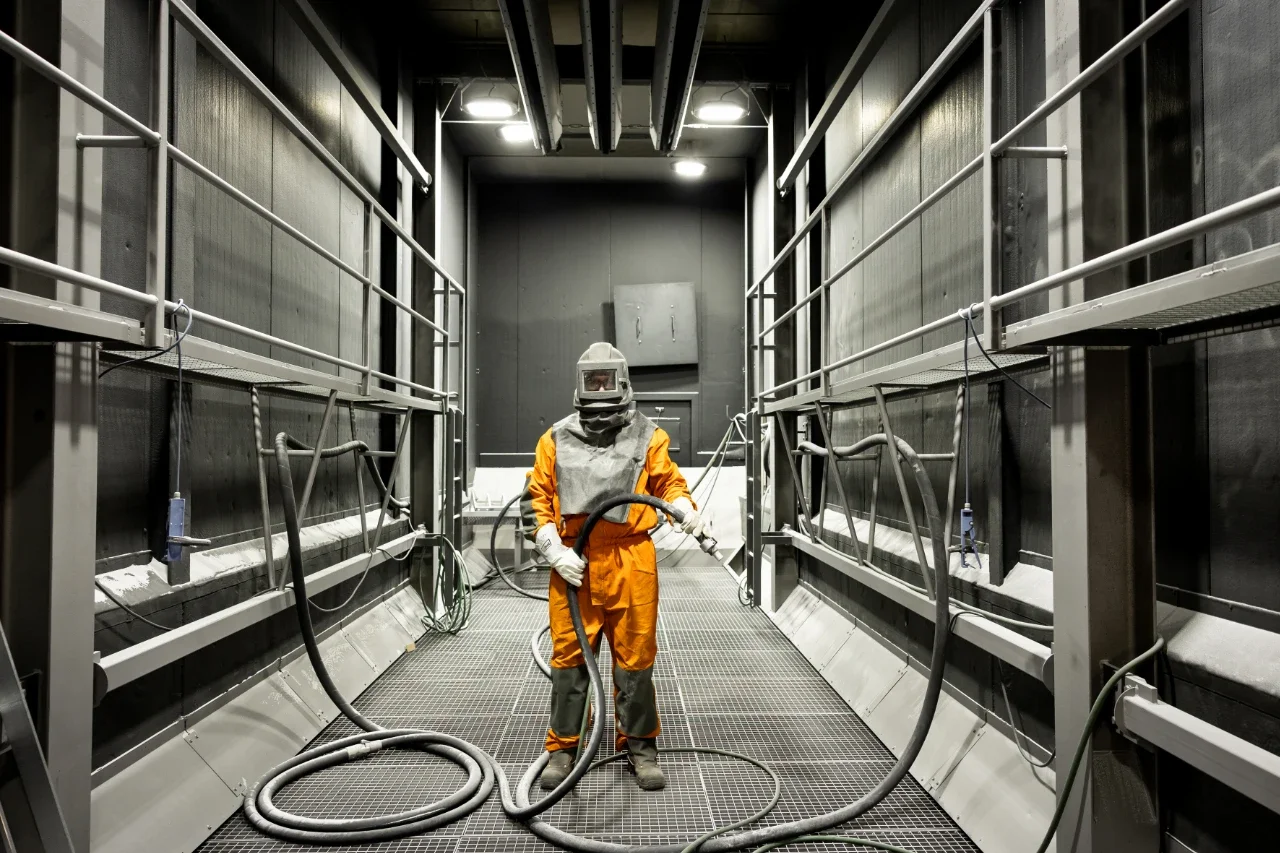By Alexia Hope
Metal materials play a crucial role in the construction and maintenance of modern infrastructure, tools, and vehicles. Yet, despite their strength and utility, metals are vulnerable to an insidious and relentless adversary: corrosion. Without proper measures, the durability and integrity of metal objects can rapidly degrade, leading to substantial economic losses and safety concerns. This article delves into the significance of corrosion protection in preserving the longevity and functionality of metal components.
The Fundamentals of Corrosion
Corrosion is a naturally occurring process that results from the chemical or electrochemical reaction between metals and their environment. It manifests in various forms, such as rust on iron or tarnish on silver. The speed and extent of corrosion are influenced by factors including the metal type, environmental conditions, and the presence of electrochemical accelerants like salt water or industrial pollutants.
Assessing the Impact of Corrosion
The consequences of unchecked corrosion are manifold, affecting not only the lifespan of the metal in question but also the safety and strength of the structure or machinery of which it鈥檚 a part. Financially, the costs for repair and replacement skyrockets in the absence of efficient corrosion management, highlighting the economic incentive for implementing robust protective measures.
Strategies for Effective Corrosion Protection
To thwart the effects of corrosion, various strategies have been developed. These strategies can be generally categorised into physical barriers, controlled environments, chemical treatments, and design modifications. Choosing the right method requires a thorough understanding of the specific application and environmental aggravators, ensuring an appropriate defence against corrosion is implemented.
Coatings and Physical Barriers
One of the most common approaches is the application of coatings that act as physical barriers between the metal and its environment. Paints, galvanisation, and powder coatings are examples of such methods that prevent corrosive elements from directly interacting with the metal surface.
Environmental Control
Another method involves controlling the environment to reduce exposure to elements known to cause corrosion. This can entail regulating humidity levels, temperature, and exposure to harmful chemicals. In some cases, even the introduction of inhibitors which slow down the reaction rate of corrosion plays a crucial role.
Chemical Treatments
For added strength in the fight against corrosion, chemical treatments such as phosphating and chromate conversion can alter the metal鈥檚 surface to be more resistant to oxidation and deterioration.
Considerate Design
Lastly, thoughtful design can minimise corrosion risks by ensuring that water does not collect on metal surfaces, sharp corners are avoided, and materials less prone to corrosion are selected for certain applications.
The Benefits of Investment in Corrosion Protection
While the initial outlay for corrosion protection systems or treatments may appear as an additional cost, it鈥檚 proven to be a sound investment in the long term. It significantly extends the life span of metal assets, maintaining their structural integrity and lowering the need for frequent replacements or repairs. These preventive measures will eventually result in reduced lifetime costs for any metal-reliant project or product.
Corrosion Protection in Different Industries
From automotive to marine, and from construction to aerospace, every industry that relies on metal requires tailored corrosion protection solutions. Corrosion can impair the performance and safety of vehicles, bridges, and even medical devices. Thus, it is imperative for each sector to adopt industry-specific corrosion management practices for ensuring operational reliability and safety.
The Role of Technology
Advances in technology have greatly improved our ability to protect against corrosion. Innovations in materials science and engineering have given rise to new coatings, treatments, and structural alloys that offer enhanced resistance to corrosive environments. Moreover, modern monitoring technologies enable real-time assessment of corrosion, aiding in preventive maintenance and timely interventions.
Choosing a Corrosion Protection Partner
For most businesses, safeguarding their assets against corrosion requires partnership with experts specialised in protective solutions. It鈥檚 vital to select a provider that not only offers adequate corrosion protection but also possesses a deep understanding of the specific challenges faced by the sector in question. Companies should look for a proven track record, industry certifications, and the ability to deliver a comprehensive range of solutions tailored to their needs.
Regular Maintenance and Inspection
Even with the best corrosion protection measures in place, regular maintenance and inspection are imperative to ensure that any signs of corrosion are addressed promptly. This helps in mitigating potential damage early on and maintaining protection effectiveness.
The Environmental Perspective
In today鈥檚 eco-conscious world, it鈥檚 also important to consider the environmental impact of corrosion protection methods. The use of non-toxic, environmentally friendly coatings and treatments is becoming increasingly popular, representing a convergence of sustainability and asset preservation objectives.
To sum up, the battle against metal corrosion is ongoing and requires a proactive approach to defence. An investment in corrosion protection is not merely an operational necessity; it is a strategic move that safeguards not only the metal assets but also the financial well-being and reputation of the entities that depend on them. By utilising a combination of advanced protective methods, regular maintenance, and expert consultation, durable metal preservation can be successfully achieved, ensuring the longevity and reliability of our indispensable metallic foundations.
